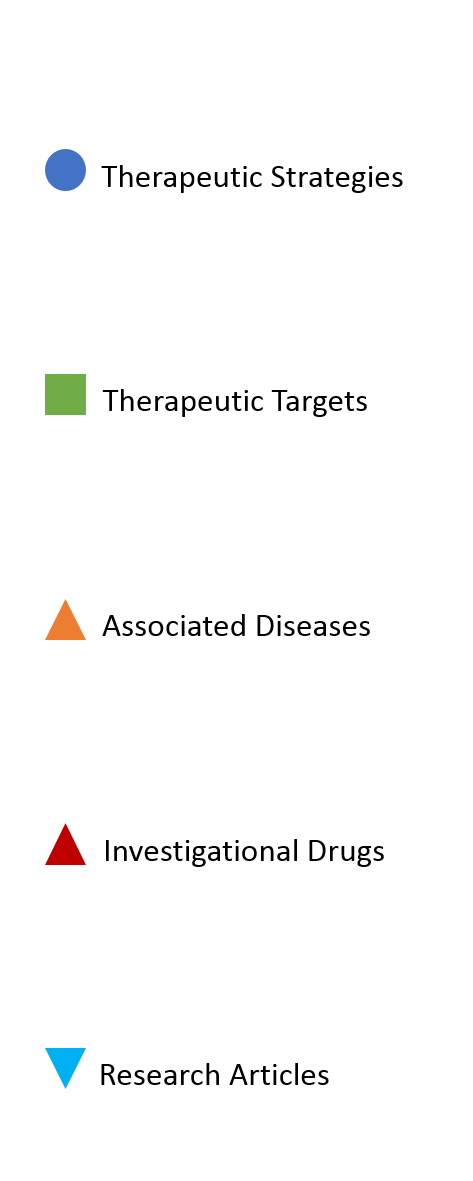| Abstract: | OBJECTIVE: The aim of the study was to determine whether serum thymosin beta4 (Tβ4) can be a useful noninvasive biomarker to differentiate between nonalcoholic steatohepatitis (NASH) and nonalcoholic fatty liver (NAFL). METHODS: The study included 24 NAFL patients and 21 NASH patients. The levels of Tβ4, 8-hydroxydeoxyguanosine acid (8-OhdG), liver function parameters, blood lipid, and glucose were detected in the venous blood of all patients. The NAFLD histological activity score (NAS) was examined in biopsy specimens from all patients. Statistical analysis was performed in order to find differences between the two abovementioned groups. In addition, receiver operator characteristic (ROC) analyses for alanine aminotransferase (ALT) and Tβ4 levels were performed in NAFL and NASH patients and the cut-off value was determined. Associations between the variables were tested using correlation coefficient calculations. Statistical significance was set at a p value of < 0.05. RESULTS: Serum Tβ4 content was 5.12 ± 1.87 mg/l in the NAFL group and 2.98 ± 1.35 mg/l in the NASH group (p < 0.001). Serum Tβ4 content and NAS, histological features of hepatic steatosis, lobular inflammation and ballooning, ALT, glucose and 8-OhdG levels were negatively correlated (p < 0.05 for all) in the NASH group. The correlation coefficient values were -0.530, -0.562, -0.574, -0.438, -0.446, -0.426 and -0.563, respectively. On the basis of ROC analysis, the best predictive Tβ4 cut-off value for detecting NASH was 3.94 mg/l (85.7% sensitivity and 79.2% specificity, which were higher than those of ALT). CONCLUSION: Serum Tβ4 level can be used as a biomarker for the diagnosis of NASH and was negatively correlated with the oxidation state of the liver. |

